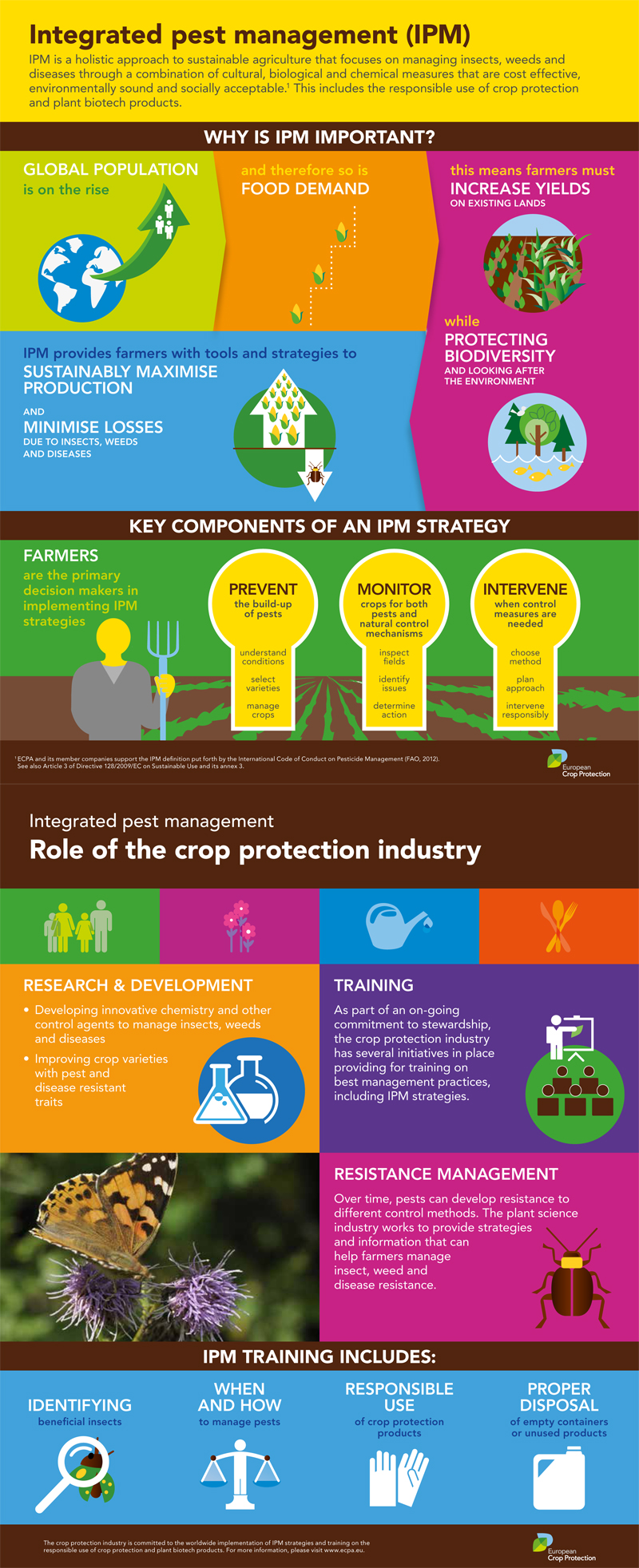Securing Your Outdoor Sanctuary: Effective Approaches For Maintaining Rodents At Bay
Securing Your Outdoor Sanctuary: Effective Approaches For Maintaining Rodents At Bay
Blog Article
Post Developed By-Meredith Bernard
Did you recognize that rodents can squeeze with openings as little as a quarter? Think of the effects for your outdoor room. From munching on https://mariolfauo.activoblog.com/26706526/discover-exactly-how-termite-parasite-control-solutions-can-safeguard-your-financial-circumstance-by-avoiding-pricey-harm-and-guaranteeing-your-lasting-protection to nesting in comfortable edges, these bugs can wreak havoc if offered the opportunity. However anxiety not, there are practical strategies you can use to maintain your yard rodent-free. By taking straightforward steps to seal entrance points and keep a clean atmosphere, you can create a fortress against undesirable fuzzy visitors. So, are you prepared to safeguard your outside place from these pesky burglars?
Identify Entrance Information
To successfully rodent-proof your exterior space, start by pinpointing prospective entry factors. Evaluate your yard for any kind of voids or openings that rats can utilize to gain access. Examine areas such as spaces under doors, holes in the walls, or openings around energy infiltrations. Bear in mind that computer mice can squeeze with openings as little as a dollar, so be thorough in your exam.
Focus on areas where energies enter your home, such as where pipelines, cords, or cords enter the structure. Seal any kind of spaces around these entry points with materials like steel woollen or caulk. In addition, look for any kind of fractures in the foundation or gaps in the home siding that might serve as entrance factors for rats.
Pay very close attention to locations where greenery fulfills your home, as overgrown plants can supply concealing spots and easy access for rodents. Trim any type of looming branches or bushes that could be used as bridges to your home. By recognizing and sealing these access points, you can significantly decrease the opportunities of rodents invading your exterior area.
Implement Exclusion Actions
Examining and sealing entry factors is the first step in rodent-proofing your exterior area; currently you'll act by carrying out exemption steps.
Start by installing door brushes up on all exterior doors to avoid rats from squeezing with spaces. safe indoor ant killer and holes with weather-resistant sealant, concentrating on areas where utility pipelines enter your home.
Usage wire mesh to cover vents and chimneys, guaranteeing they're firmly connected. Cut tree branches and plant life far from your house to remove prospective bridges for rodents to access your roof covering.
Additionally, take into consideration setting up steel blinking around the base of your home to avoid burrowing. Store fire wood at least 18 inches off the ground and away from your home.
Maintain rubbish in tightly sealed containers, and quickly clean up any splashed birdseed or family pet food. By applying these exclusion procedures, you can dramatically decrease the likelihood of rodents invading your exterior room.
Maintain Sanitation and Trimmed Landscaping
Ensure your outside room stays neat and your landscape design is routinely trimmed to prevent rats from discovering harborage or food sources. Keeping your yard tidy is key to decreasing tourist attractions for rats. Get rid of any particles, mess, or extra items that can work as concealing spots for these bugs. Rodents are attracted to areas with very easy access to food and sanctuary, so by preserving cleanliness, you make your residential property much less attractive to them.
On a regular basis cutting your landscape design is additionally crucial in rodent-proofing your outside room. Thick plant life supplies rats with sufficient hiding places and potential nesting sites. By keeping your yard trimmed, bushes cut, and trees trimmed, you eliminate potential environments for rodents. Furthermore, trimmed landscape design makes it harder for rodents to access your home as they favor areas with sufficient coverage for security.
Conclusion
In conclusion, by making the effort to rodent-proof your outside area, you can guarantee a pest-free backyard for many years to come. Remember to frequently evaluate for access factors, apply exemption measures, and maintain your lawn clean and properly maintained.
With these easy strategies in position, you can enjoy a relaxed and rodent-free exterior setting. So, do not delay - start rodent-proofing today and bid farewell to undesirable pests in your backyard!
